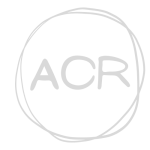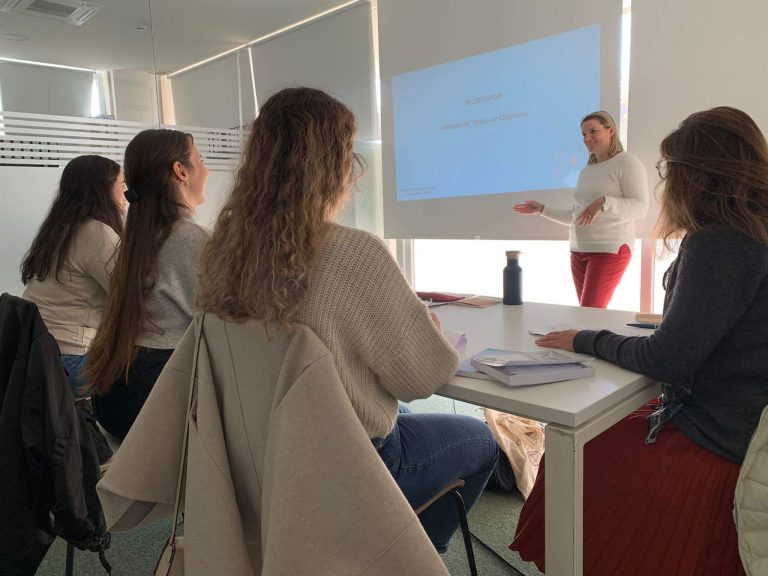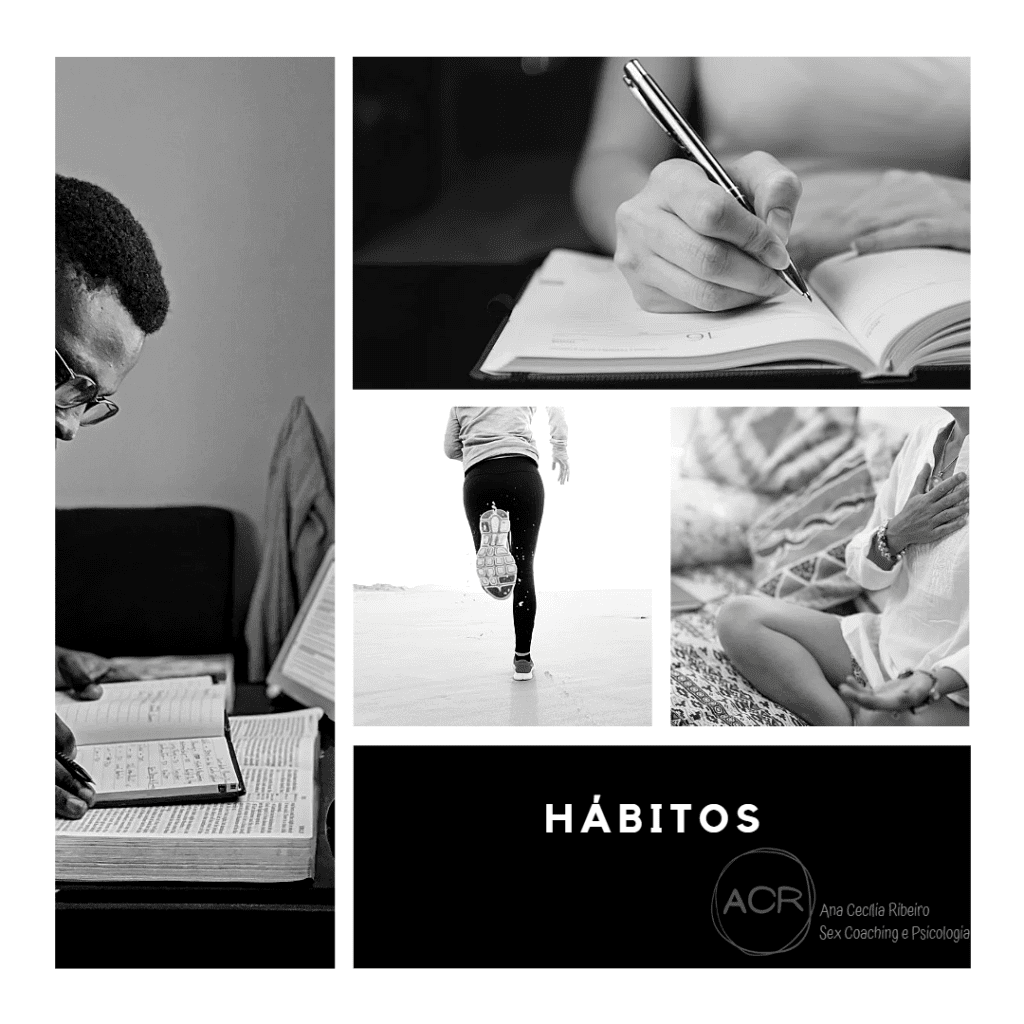
Before we talk about habits, it’s important to understand what they are not.
Habits are not goals, objectives, to-do lists, resolutions, or addictions, although under certain circumstances, they can turn into addictions.
Habits are learned behaviours that we perform repeatedly—actions that we have done enough times to become automatic.
Approximately 70% of our daily behaviour is habitual, making habits crucial in shaping who we are and who we become. Habits are believed to serve an adaptive role in our lives, increasing efficiency.
For a behaviour to qualify as a habit, it must have four defining characteristics:
– Structured Sequence: It follows a structured sequence of actions triggered by a specific situation;
– Repetition: It is maintained through repetition over time;
– Persistence: Habits tend to endure;
– Automatic Execution: They occur automatically, often without conscious thought.
How Are Habits Formed?
There are two fundamental learning theories that explain habit formation, Classical Conditioning and Operant Conditioning.
Classical Conditioning
Classical conditioning was discovered by the scientist Ivan Pavlov while studying animal salivary responses. Pavlov observed that dogs salivated not only when food was placed in their mouths but also in response to stimuli associated with feeding.
Over time, he noticed that the dogs began to salivate in the following situations:
When they saw the food.
When they saw the person who usually brought them food.
When they heard the footsteps of that person approaching.
These observations, initially interruptions to his experimental setup, led Pavlov to hypothesize a new form of learning.
Pavlov’s Experiment:
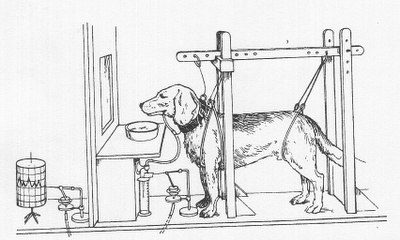
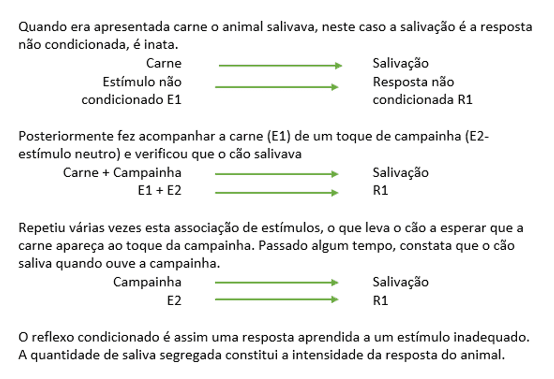
Processes of Conditioning
Extinction – Refers to the decrease and/or disappearance of the conditioned response due to the absence of the unconditioned stimulus.
Stimulus Generalization – The tendency to respond to stimuli similar to the conditioned stimulus.
Classical conditioning is a form of learning present in many aspects of human daily life: we feel hungry at meal times; upon hearing the doorbell, we expect someone to appear when we open it.
Operant Conditioning
Edward Thorndike’s Experiment
Thorndike aimed to determine whether learning occurred in the same way for animals and humans. He created a “puzzle box,” a cage with bars from which the animal could escape by performing an action (pulling a string or pressing a lever) that opened the door. Outside the box, the experimenter placed food visible and detectable by the animal. Thorndike used hungry cats that were rewarded when they escaped, solving the problem.
Initially, the animal would struggle against the bars, but after various attempts and errors, it would succeed accidentally. With repetition, Thorndike observed that the animal took less time to pull the lever.
Law of Effect: If a response is rewarded, it will strengthen; if there is no reward or punishment, the response will weaken.
Burrhus Skinner’s Experiment
Skinner developed a box equipped with a special device: pressing a lever would release food. A rat was placed inside the box, and after exploring, it accidentally pressed the lever and received food. From that moment, the animal repeated the behavior, obtaining food multiple times. This constitutes reinforcement. In this case, the reinforcement is positive, as the animal acts to obtain it. However, reinforcement can also be negative.
Skinner demonstrated negative reinforcement through experiments involving painful or unpleasant stimuli: the rat was placed in a cage with a metal grid at the bottom. Electric current flowed through the grid, which could be stopped by pressing a pedal.
After several attempts, the rat learned to press the pedal to avoid pain.
Positive Reinforcement – A stimulus whose presence serves to maintain or strengthen the response.
Negative Reinforcement – The removal of a stimulus ends a painful situation and serves to maintain or strengthen the response.
(Note: Do not confuse reinforcement with punishment; punishment weakens a response.)
The search for pleasure and the avoidance of pain are the motivating principles behind positive and negative reinforcement. As in classical conditioning, if reinforcement is withdrawn, the response will extinguish, but it can be reconditioned later.
The Neuroscience of Habits – Why Breaking Habits Is So Difficult
Habits don’t form solely through repetition; a series of processes in our brain strengthens habit formation. Repeating the same action multiple times causes neurons to connect in our brain. This connection, when repeated, becomes stronger and more solid. As neuroscientists say, “neurons that fire together wire together.”
Once these strong connections are formed in the brain, a simple cue is enough to trigger the habit without much effort, often automatically. This is why habits are so hard to break. However, thanks to neuroplasticity, it’s possible to create new connections in the brain, enabling us to both develop new habits and break unwanted ones.
Creating New Habits
According to experts, there are three principles to keep in mind when adopting a new habit: it should be easy, specific, and intentional.
Easy, but not too easy. It should push you out of your comfort zone but still feel manageable.
Specific,It should be measurable and have a clear start and finish.
Intentional, Ensure the habit aligns with your values and principles and has a clear purpose in your life.
How Long Does It Take to Form a Habit?
Researchers have long debated this question, and there isn’t a definitive answer. Estimates range from two weeks, 30 days, to two months, but ultimately, it depends.
According to researcher Phillippa Lally, it takes an average of 66 days to form a new habit. In a study she conducted, the time ranged from 18 days (the shortest) to 254 days (the longest).
This variability depends on several factors, such as the complexity of the habit and the individual’s unique life circumstances.
Choosing a Habit to Make Your Life Happier
The best way to choose is to find something that resonates with you and feels meaningful. Take inspiration from the habits of people you admire. Start small and slow; don’t try to adopt multiple new habits all at once.
For example, I wanted to start exercising in the morning but found it challenging, so I opted for yoga. I downloaded an app offering 6–10 minute routines (ideal for beginners), ensuring I could stick to it daily without exceeding 10 minutes. This way, I stay committed, feel accomplished, and energized.
High-Performance Habits by Brendon Burchard
High performance isn’t tied to age, education, income, nationality, race, or gender. This means the excuses we make for not succeeding are unfounded. High performance is achieved not by a specific type of person but by specific practices, which Brendon Burchard calls high-performance habits.
According to Burchard, anyone can learn these habits, regardless of their experience, strengths, personality, or position. Below are the six high-performance habits from his book High–Performance Habits:
High Performance Habit #1
Seek Clarity
Seeking clarity in our lives is about thinking about tomorrow and what we do to stay connected to what matters today. The importance of the habit of seeking clarity is to help us stay engaged, grow, and fulfill ourselves over time. People with this habit demonstrate greater clarity about who they are, what they want, how to achieve it, and what they consider important and fulfilling in their lives. We can create more clarity by exploring and aspiring to what is right for us and by answering questions such as: What kind of person do I want to be while doing this? How should I treat others? What are my intentions and goals?
High Performance Habit #2
Generate Energy
Better energy to maintain focus, effort, and well-being. To stay at our best, we must actively take care of our mental vigor, physical energy, and positive emotions.
High Performance Habit #3
Raise Necessity
Increase the drive for exceptional performance. This means actively exploring the reasons why we must perform at a high level. This drive is based on a mix of internal standards (e.g., identity, beliefs, values, expectations) and external demands (e.g., social obligations, competition, deadlines). It’s about always knowing our “why” and feeling the pressure to go further.
High Performance Habit #4
Increase Productivity
The foundations for a person to become more productive lie in setting goals and maintaining energy and focus. Productivity begins with goals. When we have clear and challenging goals, we tend to be more focused and engaged, which leads to better flow and greater satisfaction in what we are doing. This satisfaction gives us motivation, which is closely linked to productivity in both quantitative and qualitative outcomes.
Our brain also needs rest, probably more than we think – to process information, recover, and cope with life in order to become more productive. Therefore, for optimal productivity, we should take breaks and give our brain the necessary rest.
High Performance Habit #5
Develop Influence
For the purposes of this article, developing influence is understood as the ability to shape other people’s beliefs and behaviors as we desire. It means we can get people to believe in us and our ideas, to buy what we want to sell them, to follow us, or to do something at our request.
High Performance Habit #6
Demonstrate Courage
High performers are courageous. Demonstrating courage does not mean we have to save the world. Sometimes, it simply means taking the first step toward change in an unpredictable world. Courage is not the absence of fear; it is taking action despite fear. However, courage can lead to the loss of fear; psychologists have shown that in the case of skydiving, the first jump often involves fear, but as a person continues to jump, they gain confidence and eventually overcome the fear.
This happens to all of us: the more we successfully do something, the more comfortable and confident we become. That is why it is so important for all of us to start living a life with more courage, now! The more actions we take to face fear, express ourselves, and help others, the easier and less stressful those actions will become.
Habits can be unconscious, repetitive actions we hardly notice, or intentional actions that bring harmony, energy, and joy to our lives. Let’s be more intentional with our actions—for ourselves and others—to build a happier life for everyone.
Thank you for reading to the end. If you have any comments or questions, please don’t hesitate to contact me.
This article was inspired by the following references:
Book “Outra Forma de Ver as Coisas” by Ana Cecília Ribeiro
Book “High Performance Habits – How Extraordinary People Become That Way” by Brendon Burchard
Article “How are habits formed: Modelling habit formation in the real world” by Phillippa Lally
